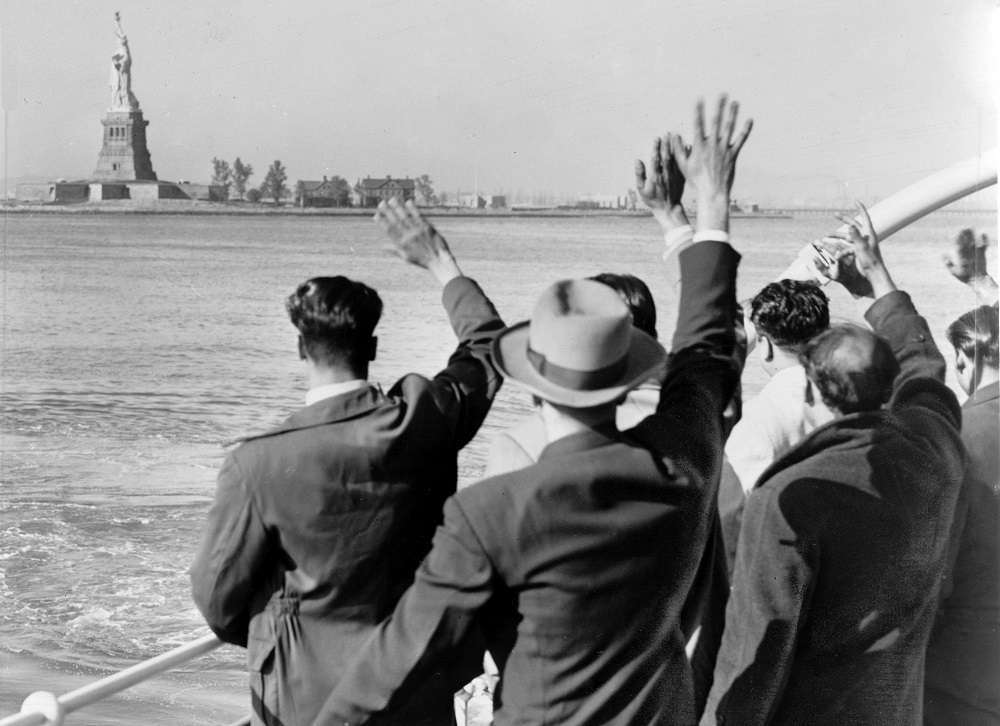Inari Medical IPO: Why Stock Soared on Opening Trade Day

The Inari Medical IPO launched May 22, 2020. Investors immediately jumped on Inari stock. Its price soared to best opening-day gains of any IPO this year. And that’s a good sign to investors the markets are improving from coronavirus levels.
But is Inari Medical a good investment? Here’s what we know…
Inari IPO: The Business

Inari Medical is a medical device company. Bob Rosenbluth founded it in 2013. Inari develops products to treat venous diseases. Currently, the company offers two products, the ClotTriever and FlowTriever. According to the company…
“We believe the best way to treat VTE (venous thromboembolism) and improve the quality of life of patients suffering from this disease is to safely and effectively remove the blood clot. With that in mind, we designed and purpose-built our ClotTriever and FlowTriever products.”
The ClotTriever is designed to core, capture and remove large clots from large vessels and is used to treat DVT (deep vein thrombosis). The FlowTriever is designed to remove large clots from large vessels to treat PE (pulmonary embolism). Both products are designed to eliminate the need for thrombolytic drugs.
At the core, Inari’s goal is to make treatment safer, faster and more affordable. And the Inari IPO came at the height of the company’s new growth.
Inari Medical Sees Growth: The Finances
Inari Medical began commercializing its products towards the end of 2018.
Then in 2019, 4,600 procedures used Inari’s products. And for the first three months ended March 31, 2020, about 2,400 procedures were performed. That originally put the company on track for 9,200 procedures in 2020, double the company’s 2019 number.
Inari Medical’s finances also reflect this growth. Let’s compare 2018 and 2019.
2018. The company’s revenue was $6.8 million with a gross margin of 81.2%. Net loss for the year was $10.2 million.
2019. The company’s revenue increased to $51.1 million. That’s growth of 750%. And gross margin rose to 88.4%. Net loss decreased to $1.2 million.
Because Inari was only able to provide first quarter 2020 data, we will compare it to that first quarter of 2019, rather than the whole year.
Ended March 31, 2019. At this point, company revenue was $6.9 million with a gross margin of 86.6%. Net loss was $900,000.
Ended March 31, 2020. The company reported revenue of $27 million for its first quarter. Its gross margin was up to 90%. And rather than a net loss, Inari had a net income of $4.1 million.
However, despite this improvement, Inari Medical still has substantial debt. At the end of 2019, outstanding debt was $41.2 million. At the end of the first quarter in 2020, debt decreased to $37.1 million.
For more information, you can look at Inari Medical’s prospectus here.
With higher growth, Inari could have decreased its debt further. But the coronavirus stopped that growth. This could be one reason the company decided to go through with the Inari IPO.
How Coronavirus Impacted Inari Medical
The coronavirus lowered Inari Medical’s sales. In addition to stay-at-home orders, elective procedures across the country were canceled. According to Inari…
“Such orders or restrictions have resulted in reduced operations at our headquarters (including our manufacturing facility), work stoppages, slowdowns and delays, travel restrictions and cancellation of events. These orders and restrictions have significantly decreased the number of procedures performed using our products and otherwise negatively impacted our operations.”
Despite this issue, Inari is managing the impact in several ways. Some include:
- Building the team by expanding its sales force
- Launching Clot Warrior Academy, an educational online portal with live webinars
- Focusing on organic opportunities
- Producing four months’ worth of inventory before suspending in April
- Reviewing cases of VTE patients affected by COVID-19
The company also feels confident about the future. Procedure volumes for DVT and PE are slowly returning to normal. There is an increase in unassisted and remotely supported procedures. And Inari believes hospitals will prioritize procedures that are accurate, safe and efficient. And using Inari Medical products allows short, single-session treatments. This places procedures using Inari Medical products in a good position for backlogged patients.
However, Inari understands the impacts of coronavirus change daily. But that could be one reason the Inari IPO hit the market when it did.
Inari Medical IPO: The Details
Inari Medical planned to sell 7.3 million shares at a price range of $14 to $16. Then, the day before the IPO, Inari raised the price range to $17 to $18. But in the end, Inari sold 8.2 million shares at $19 per share. The company raised $155.85 million.
The first trade of Inari stock happened at 12:09 p.m. ET. It was for 1.1 million shares at $41.30 apiece. And shares are maintaining value. In its first week, Inari stock reached a high of $46.25 and a low of $41.01.
Inari Medical trades on the Nasdaq under the ticker symbol NARI.
If you’re looking for the latest investment opportunities, Investment U is the place to be. Sign up for our free e-letter below! It’s full of useful tips and trends researched by our experts. Whether a beginner or experienced investor, there’s something for everyone at Investment U.
Inari Medical shows promise from its large growth in 2019. Although the coronavirus delayed plans to continue growing, Inari has a good chance to shine once it’s all over. The Inari Medical IPO hit the market at a good time for both the company and investors.







1 Comment
[…] https://dev2.investmentu.com/inari-medical-ipo/ […]